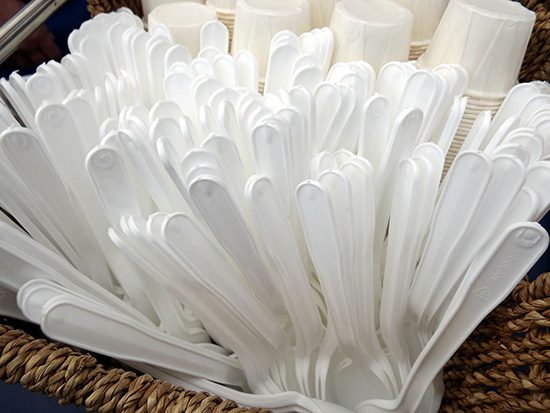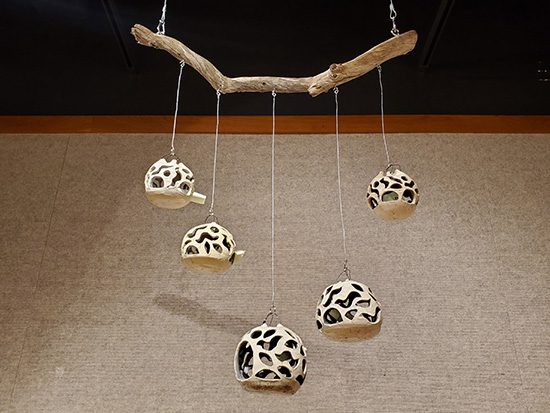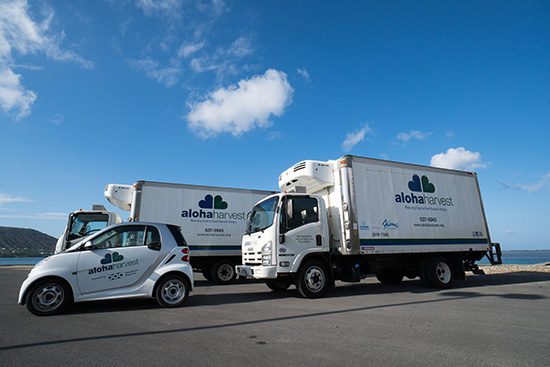The purpose of the waste audit at WCC was to identify certain material types that we produce too much of so that we can move forward with designing initiatives to divert waste from going into our dumpsters in the first place.
For instance, results showed that our campus wastes a lot of food and eats a lot of take-out.
If 37 percent of our waste is food-related, then we need to start encouraging people to eat food from home, incentivize “bring your own container” policies and try to compost all the food we throw out.
Eating food from home is the best thing you can do environmentally and financially, but that’s not always so easy if our students are in a rush or have to go straight to work after class.
Food establishments on campus can provide discounts for customers who bring their own containers and utensils to encourage less waste. For instance, The Hub coffee shop in Hale La‘akea gives 20 cents off if customers bring their own mug or bottle.
Composting is the best available method to dispose of food waste on campus. The ‘Uala Leaf Café already composts its kitchen scraps and provides the option for customers.
The rest of the campus can also follow suit with better access to food waste receptacles. The challenge of composting is not the composting itself; it’s the behavioral changes of consumers and restaurants.
How do we get everybody to jump on the compost train? We’ve got the data and the resources to start working towards a zero waste campus, but do we have the will?
by Navin Erwin-Tagore, Special to Ka ‘Ohana





